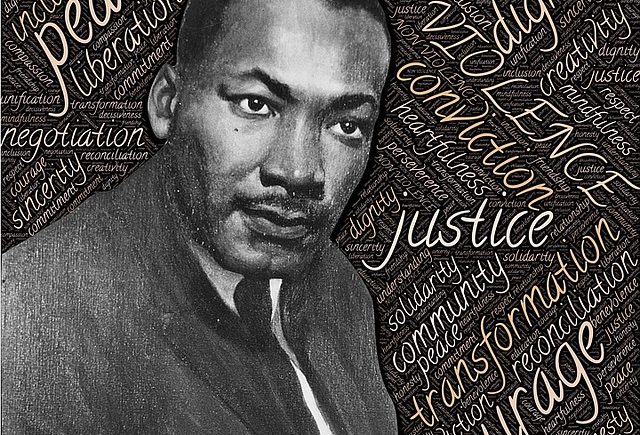After Election Day 2016 results, many Americans are contemplating what if we only had a National Popular Vote. The National Popular Vote would guarantee the presidency to the candidate who gets the most popular votes in all fifty states. It is the law in 11 states with 165 electoral votes – 61 percent of the 270 electoral votes required for the plan to take effect. It is the best way to make sure every voter, in every state, is politically relevant in every presidential election.
About the National Popular Vote Bill
The National Popular Vote bill would guarantee the Presidency to the candidate who receives the most popular votes in all 50 states and the District of Columbia. The bill has been enacted by 11 jurisdictions possessing 165 electoral votes—61% of the 270 electoral votes necessary to activate it, including four small jurisdictions (RI, VT, HI, DC), three medium size states (MD, MA, WA), and four big states (NJ, IL, NY, CA). The bill has passed a total of 34 legislative chambers in 23 states—most recently by a bipartisan 40–16 vote in the Arizona House, 28–18 in Oklahoma Senate, 57–4 in New York Senate, and 37–21 in Oregon House.
Shortcoming of Existing U.S. Voting System
The current system of electing the President stem from state winner-take-all statutes (i.e., state laws that award all of a state’s electoral votes to the candidate receiving the most popular votes in each separate state). Because of these state winner-take-all statutes, presidential candidates have no reason to pay attention to the issues of concern to voters in states where the statewide outcome is a foregone conclusion.
Two-thirds of the 2012 general-election campaign events (176 of 253) were in just 4 states (Ohio, Florida, Virginia, and Iowa). Thirty-eight states were ignored. State winner-take-all statutes adversely affect governance. “Battleground” states receive 7% more federal grants than “spectator” states, twice as many presidential disaster declarations, more Superfund enforcement exemptions, and more No Child Left Behind law exemptions. Additionally state winner-take-all statutes have allowed candidates to win the Presidency without winning the most popular votes nationwide in four of our 57 presidential elections—1 in 14 times.
For example, a shift of 59,393 votes in Ohio in 2004 would have elected John Kerry despite President Bush’s nationwide lead of over 3,000,000 votes. A shift of 214,393 votes in 2012 would have elected Mitt Romney despite President Obama’s nationwide lead of almost 5,000,000 votes. The U.S. Constitution (Article II, Section 1) gives the states exclusive control over awarding their electoral votes: “Each State shall appoint, in such Manner as the Legislature thereof may direct, a Number of Electors….” The winner-take-all rule was used by only three states in 1789. The National Popular Vote interstate compact would not take effect until enacted by states possessing a majority of the electoral votes—that is, enough to elect a President (270 of 538).
Under the compact, the winner would be the candidate who received the most popular votes from all 50 states (and DC) on Election Day. When the Electoral College meets in mid-December, the national popular vote winner would receive all of the electoral votes of the enacting states. The bill ensures that every vote, in every state, will matter in every presidential election. The National Popular Vote bill preserves the Electoral College and state control of elections. National Popular Vote’s Advisory Board includes former Senators Jake Garn (R–UT), Birch Bayh (D–IN), and David Durenberger (R–MN); former Congressmen John Anderson (R–IL, I), John Buchanan (R–AL), Tom Campbell (R–CA), and Tom Downey (D–NY). Other supporters include former Cong. Tom Tancredo (R-CO), Governor Howard Dean (D–VT), Governor Jim Edgar (R–IL), and House Speaker Newt Gingrich (R–GA). Additional information is available in the book Every Vote Equal: A State-Based Plan for Electing the President by National Popular Vote. Learn more at NationalPopularVote.com.

